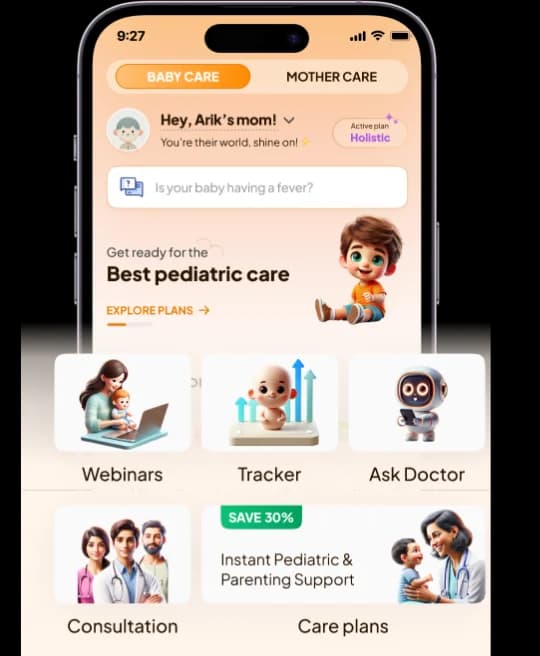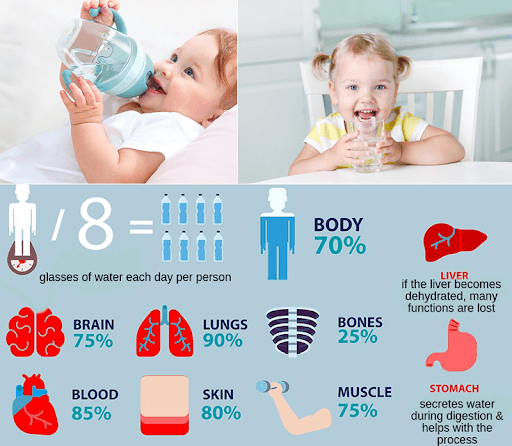
Storytelling is a beautiful way to bond with your baby, stimulate their imagination, and help them develop listening and language skills. To make storytelling more engaging and impactful, here are three essential tips to keep in mind:
1. Make Eye-to-Eye Contact
When you tell a story to your baby, maintain eye contact. This helps create a strong connection and ensures your baby feels involved and engaged. Eye contact is also essential for building trust and strengthening the bond between you and your child. Babies are naturally drawn to faces, and making eye contact allows them to focus on your expressions and cues.

2. Use Expressions
Facial expressions add life to your storytelling. Smile, frown, act surprised, or pretend to be scared, depending on the story. These expressions captivate your baby’s attention and make the narrative more relatable. Babies are keen observers and tend to mimic expressions, which can also enhance their emotional development.
3. Incorporate Gestures
Use hand movements and body language to bring the story to life. For example, if you’re talking about a bird flying, mimic the flapping of wings. Gestures make the story more dynamic and visually engaging for your baby. They also help in conveying the meaning of the story, especially when your baby is too young to understand words fully.
Why Are These Tips Important?
Babies have short attention spans, so storytelling needs to be interactive and engaging. Using eye contact, expressions, and gestures ensures your baby stays focused and interested. These techniques also contribute to their cognitive and emotional growth by introducing them to non-verbal communication cues and helping them develop an early appreciation for stories and language.
Conclusion
Storytelling is more than just sharing words; it’s about creating a shared experience with your baby. By making eye contact, using expressions, and incorporating gestures, you transform simple stories into magical moments that nurture your baby’s growth and strengthen your bond. So, the next time you tell a story, remember these tips and enjoy the joy it brings to both you and your little one.





